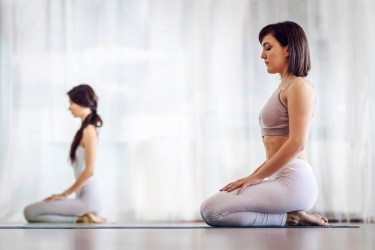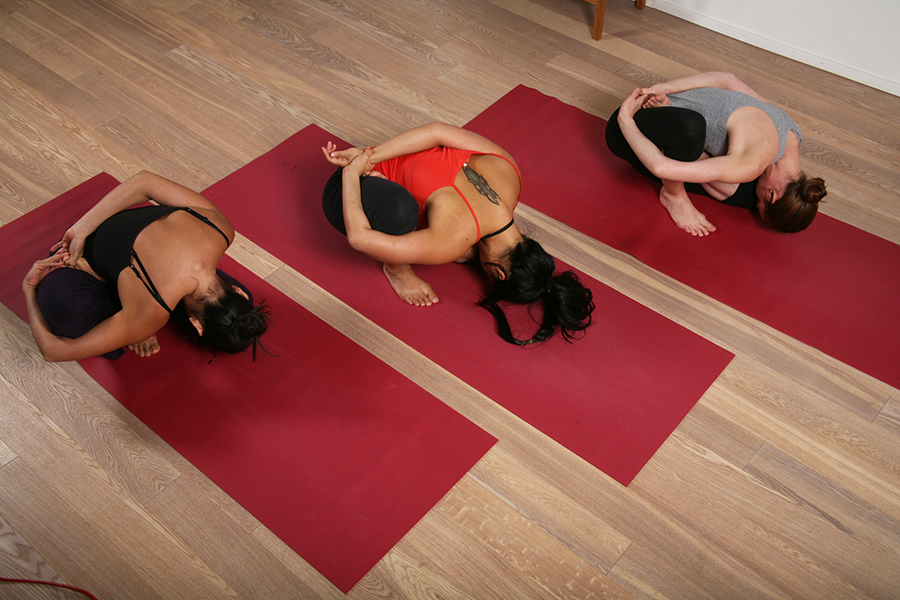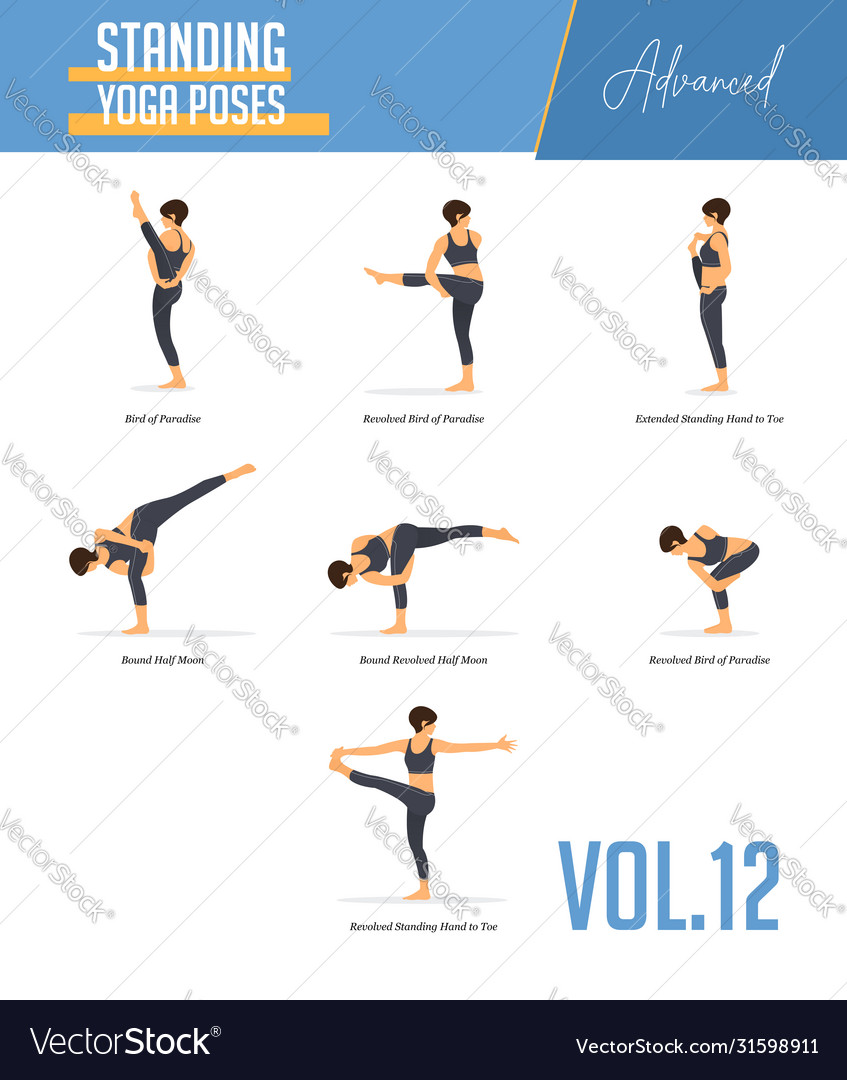
Prana is an energy that permeates the universe, including our physical bodies. It can be described as emanating from the Sun and linking the elements. Because it permeates all realms, it has been called the "Sun's energy". It is our life force energy, which drives us to do our daily activities. Prana meditation, a practice that helps us to cultivate our relationship and awareness with prana, has been a recognized value by yoga practitioners for many years.
Prana is vital.
Prana can be described as an energy that flows in our bodies. It is considered a kind of life force and the word "prana" means "breath". It controls the heart, respiratory organs and the muscles that activate them. The higher levels of prana can be viewed as being spiritually guided and capable of controlling our vital urges. The energy flow provides both physical as well as emotional health.
It is important to realize that prana flows through our postures and movements. The flow of prana can be restricted if we don't maintain proper posture. When we sit down, our prana will move downward.

It is life force energy.
Prana in yoga refers to the life force energy which flows through the body. Prana flows through various energy channels called nadis and can be controlled by concentration and focus. The right posture is important for the free flow of prana. Poor posture will restrict the flow prana.
Prana affects how the mind, body and soul function. It also carries karmic memory, which means that every person's prana functions uniquely. This is quite different to electricity, which is impersonal and can be used to power many devices. One day, smart electricity may become a reality.
It is a subtle energy
Prana, a subtle energy flowing throughout the body in yoga, is called prana. It flows through the nadis, activating the chakras. Various breathing techniques, known as pranayama, help regulate the flow of prana through the body. Yoga aims at increasing the flow of prana through the body.
When they are in balance, these energies lead to harmony, health and vitality. However, when they are out of balance, they result in disease, discomfort, and imbalance.

It is a vital force of energy
Prana is the vital force energy that flows throughout the body. Prana is linked to our position, so our posture can affect its flow. Prana flows downward if we sit, whereas if we stand, it will flow up. When performing asanas in yoga, it is important to maintain a correct posture.
Prana, the primary energy in our bodies is divided into many smaller energetic components called Vayus. Each of these wind components has a specific function within our bodies. Pranayama, yoga asana and pranayama can improve the quality of your prana. These practices can improve energy and our overall well-being.
FAQ
Where can I find an experienced yoga teacher?
Local yoga teachers are available. If you live far from a yoga studio, you can search for one online. A yoga class that offers online registration might be worth your consideration.
What are the health benefits from yoga?
Yoga is an ancient practice that originated in India. As a way to improve mental well-being and physical fitness, it was developed over centuries by Hindu monks. Many people use yoga to relieve stress and relax. Some people believe that yoga improves strength and flexibility.
Yoga helps improve balance and coordination. Yoga is also great for seniors who want an active lifestyle. It can help you avoid injuries due to falls or other causes.
Yoga is good to your heart because it strengthens you cardiovascular system. This is beneficial if you are obese, have high cholesterol, or have diabetes.
Yoga also reduces stress, anxiety, depression, and insomnia. Chronic pain can often result from these conditions, so yoga practice may prove especially helpful for people with arthritis or fibromyalgia.
Your muscles lose elasticity as you age. Yoga keeps your muscles flexible, strong and flexible. Yoga can give you more energy and stamina with age.
According to the National Institute on Aging, regular yoga can reduce depression symptoms such as fatigue and feelings depressed. The institute also reports that yoga can help lower cholesterol levels and increase bone density.
Yoga can also relieve headaches, back pain, and other issues. Yoga's gentle pace and slow movements make it a great choice for relieving muscle spasms.
Which yoga is best for beginners?
Yoga poses and styles can be confusing for beginners.
Hatha Yoga is the most well-known type of yoga. It focuses on stretching and physical fitness. It can also help relieve stress and improve concentration.
Kundalini Yoga also has a popular style. It involves breathing techniques and meditation. This practice can lead to many health benefits, including better flexibility, balance, or strength.
Yin Yoga is another option that beginners can try if they want to relax and calm their minds. Yin Yoga focuses heavily on the ability to hold poses or positions for longer periods.
Statistics
- According to the Agency for Healthcare Research and Quality, falls are incredibly common among older adults in nursing facilities. Even the simplest ones can increase the risk of death (24). (healthline.com)
- About one in seven U.S. adults practiced yoga in the past 12 months, according to a 2017 national survey. (nccih.nih.gov)
- Gentle yoga has been shown to ease some of the discomforts of tender, swollen joints for people with arthritis, according to a Johns Hopkins review of 11 recent studies. (hopkinsmedicine.org)
- In comparison, a 125-pound person is estimated to burn 135 calories in 30 minutes of walking (at a pace of 15-minute miles) and 210 calories bicycling at a moderate pace on a stationary bike. (everydayhealth.com)
- Start your Fall off right with 20% off All Access Membership when you sign up by 9/25! (corepoweryoga.com)
External Links
How To
Can I do yoga during pregnancy?
Pregnancy can affect your ability to do certain poses safely. Before you begin a new program for exercise, make sure to consult your doctor.
You can still perform many poses during pregnancy. These are some suggestions:
-
It is not a good idea to lift heavier than shoulder-level weights for pregnant women. Instead, use lightweight resistance bands or dumbbells.
-
Avoid deep twists as they could place pressure on your belly.
-
Avoid backbends until after you give birth. They can put excessive strain on your lower back.
-
You should not lie down on your stomach, or cross your legs, until you give birth to your baby.
-
Make sure you have your doctor cleared you to perform inverted poses (e.g., headstands or handstands).
-
Your practice should be limited to 30 minutes per week
Yoga can be continued throughout pregnancy if you are ready. Your doctor will help you determine when you're ready to begin practicing yoga.